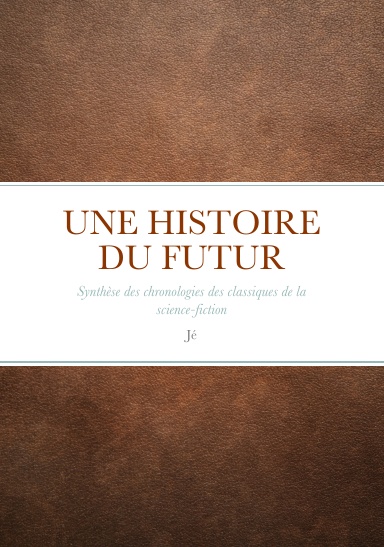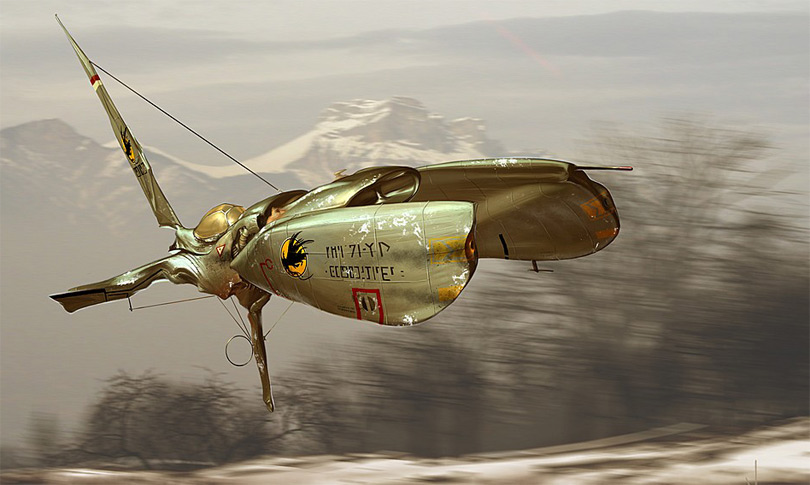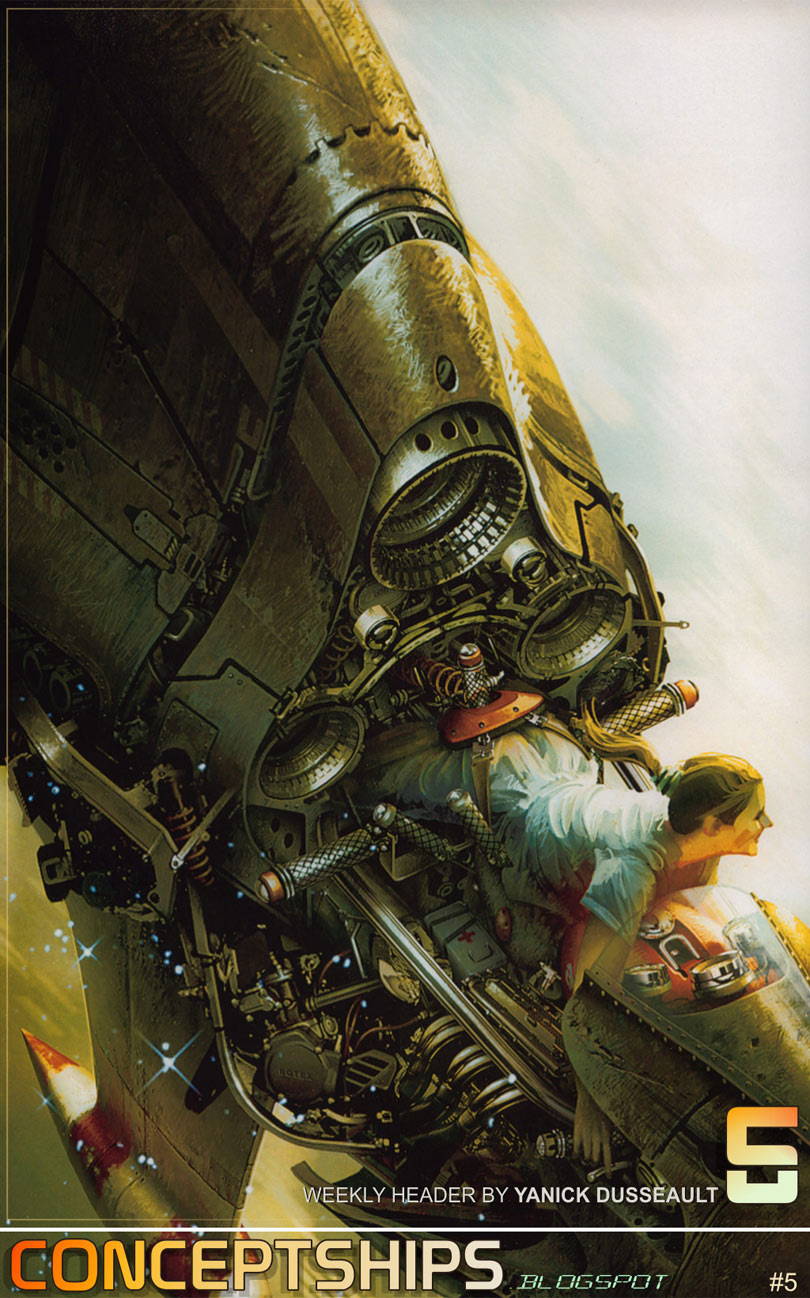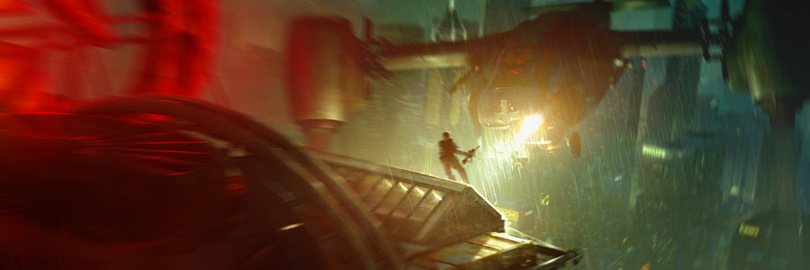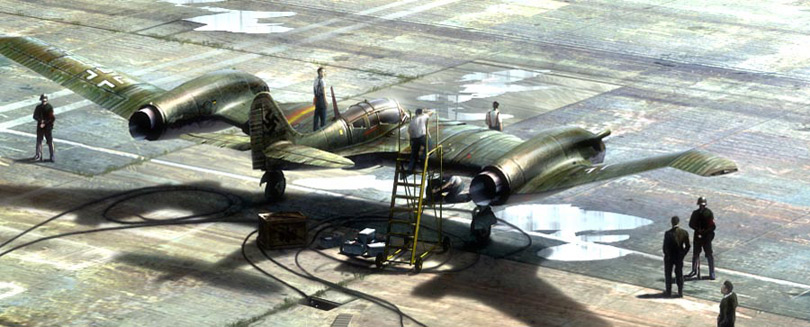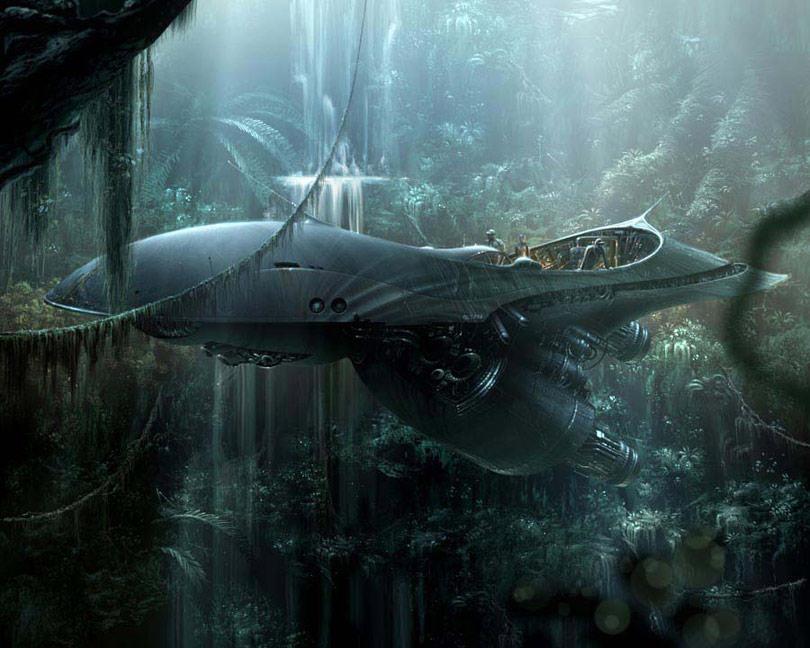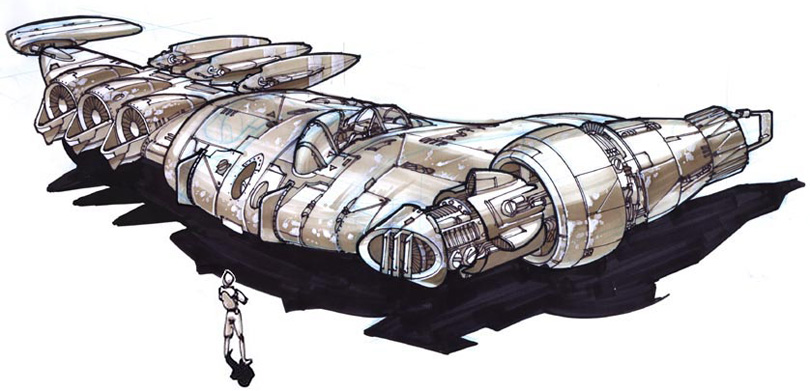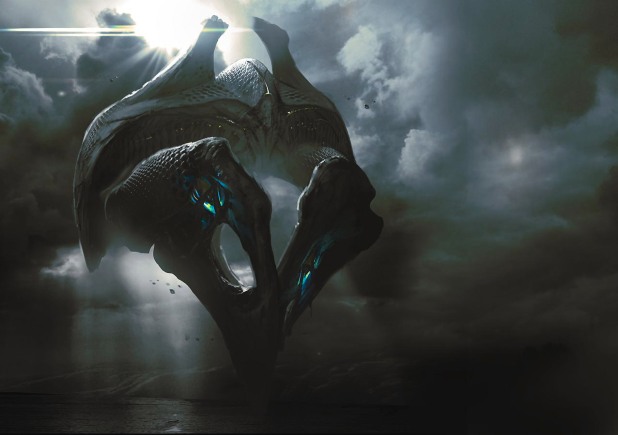lundi 28 décembre 2015
mercredi 30 septembre 2015
mercredi 9 septembre 2015
Abiogenesis alias Alex Ries
The Birrin are a sentient hexapod (six limbed) species from a planet
approximately the size of Venus. This individual, gaudily attired, lives
(and sometimes works) in the tropical regions of their world, bordering
the uninhabitably hot equatorial zone many birrin call the 'Kiln'. Low
employment, high temperatures and generally harsh conditions mean that
narcotic use is high among many of the population here. This birrin,
after ending a work cycle and with no further hive duties, uses and
deals in most of the local low end narcotics. The three clasped in the
beak offer an enjoyable combination of flavours when partaken together.
Other mixes are stored in plain view under a strap on the head for sale
or later use. As there is no substance control in this region, they can
be shown in plain sight. Potentially quite profitable, this individual
has found much use for the money brought its way through the sale of
longneck cigarettes. Either through trade or purchase, he has adorned
himself with plenty of flaunted accessories, include a wrist mounted
multimedia device, which feeds headphone cables to the auditory
receptors at the tip of the upper two eyestalks; the device was likely
traded illegally, or purchased from a wholesale shipment moving from the
deep water docks on its way inland. Completing his accoutrements are an
old cigarette lighter, a wallet strapped to the forearm, and a few
rolls of personally selected drugs to his personal taste bound to his
neck.
Source : http://abiogenisis.deviantart.com/gallery/?offset=0
Source : http://abiogenisis.deviantart.com/gallery/?offset=0
lundi 7 septembre 2015
La population totale de l'Empire Galactique (de Trantor)
Selon Wikipédia, l'Empire Galactique de Trantor, dit "Grand Empire", possédait à son apogée 25 millions de mondes et une population totale de 1 trillion d'être humains soit, je cite, "environ 4 milliards d'habitants par monde".
Encore faut-il préciser de quel trillion il s'agit.
Dans l'échelle courte, un trillion représente mille milliards ou, en notation scientifique à 1012, c'est-à-dire 1 000 000 000 000. Il est appelé billion dans l'échelle longue (ce qui ajoute à la confusion lors des traductions).
Dans l'échelle longue, un trillion représente 1 milliard de milliards (109x109) soit 10 puissance 18 ou, en notation scientifique à 1018, c'est-à-dire 1 000 000 000 000 000 000, ou encore un million de millions de millions (106x106x106).
Mais quoiqu'il en soit, 25 millions multipliés par 4 milliards, cela égale 100x1015. Ce qui ne correspond aucunement aux deux définitions de "trillion".
Selon une autre source ("Architecture du livre-univers dans la science-fiction" de Laurent Genefort), la population de l'Empire Galactique de 25 millions de mondes serait de 5 quintillions d'êtres humains. J'imagine qu'il ne s'agit pas de 10 à la puissance 30 comme dans l'échelle longue mais plutôt de 10 à la puissance 18 comme dans l'échelle courte (correspondant au trillion de l'échelle longue).
En calculant 5x1018 divisé par 25x106, on obtient une moyenne de 200 milliards d'habitants par monde de l'Empire. En omettant le facteur 5, on retombe sur 40 milliards d'habitants, comme le monde-capitale Trantor. Or, ce monde qui est une œcumenopole doit plutôt être considéré comme un monde à population maximale, pas à population moyenne.
J'en déduis donc que la population totale est probablement beaucoup moins importante. Un monde sur mille seulement doit atteindre une telle population de 40 milliards d'êtres humains. Il serait plus raisonnable de considérer que la moyenne tourne autour des 4 milliards évoqués par l'article français de Wikipédia; ce qui correspond sans doute à la population de la Terre au moment où Isaac Asimov écrivit sa série Fondation.
Ainsi :
- les mondes les plus peuplés de l'Empire Galactique devraient correspondre à : 25 000 mondes peuplés de 40 milliards d'êtres humains en moyenne = 1015 soit 1 quadrillion (en échelle courte) ou 1 billiard (en échelle longue).
- les mondes moyennement peuplés : peut-être la majorité ou au moins la moitié des 25 millions peuplés de 3 ou 4 milliards d'êtres humains soit au moins 50x1015
- et les mondes peu peuplés, le reste, avec des volumes de populations très disparates.
Encore faut-il préciser de quel trillion il s'agit.
Dans l'échelle courte, un trillion représente mille milliards ou, en notation scientifique à 1012, c'est-à-dire 1 000 000 000 000. Il est appelé billion dans l'échelle longue (ce qui ajoute à la confusion lors des traductions).
Dans l'échelle longue, un trillion représente 1 milliard de milliards (109x109) soit 10 puissance 18 ou, en notation scientifique à 1018, c'est-à-dire 1 000 000 000 000 000 000, ou encore un million de millions de millions (106x106x106).
Mais quoiqu'il en soit, 25 millions multipliés par 4 milliards, cela égale 100x1015. Ce qui ne correspond aucunement aux deux définitions de "trillion".
Selon une autre source ("Architecture du livre-univers dans la science-fiction" de Laurent Genefort), la population de l'Empire Galactique de 25 millions de mondes serait de 5 quintillions d'êtres humains. J'imagine qu'il ne s'agit pas de 10 à la puissance 30 comme dans l'échelle longue mais plutôt de 10 à la puissance 18 comme dans l'échelle courte (correspondant au trillion de l'échelle longue).
En calculant 5x1018 divisé par 25x106, on obtient une moyenne de 200 milliards d'habitants par monde de l'Empire. En omettant le facteur 5, on retombe sur 40 milliards d'habitants, comme le monde-capitale Trantor. Or, ce monde qui est une œcumenopole doit plutôt être considéré comme un monde à population maximale, pas à population moyenne.
J'en déduis donc que la population totale est probablement beaucoup moins importante. Un monde sur mille seulement doit atteindre une telle population de 40 milliards d'êtres humains. Il serait plus raisonnable de considérer que la moyenne tourne autour des 4 milliards évoqués par l'article français de Wikipédia; ce qui correspond sans doute à la population de la Terre au moment où Isaac Asimov écrivit sa série Fondation.
Ainsi :
- les mondes les plus peuplés de l'Empire Galactique devraient correspondre à : 25 000 mondes peuplés de 40 milliards d'êtres humains en moyenne = 1015 soit 1 quadrillion (en échelle courte) ou 1 billiard (en échelle longue).
- les mondes moyennement peuplés : peut-être la majorité ou au moins la moitié des 25 millions peuplés de 3 ou 4 milliards d'êtres humains soit au moins 50x1015
- et les mondes peu peuplés, le reste, avec des volumes de populations très disparates.
Libellés :
démographie,
empire galactique,
Fondation,
roman,
Trantor
vendredi 4 septembre 2015
Physique et métaphysique
La physique appartient au domaine de la science.
La métaphysique, au même titre que les religions et les philosophies idéalistes ou spiritualistes, appartient au domaine de la fiction.
Mon univers de science-fiction combinera donc les deux.
Dans le monde physique, l'Espace, ce sont les lois matérialistes qui s'appliqueront.
Au-delà, de l'Hyper-Espace au Nœud du Temps, toutes les croyances et les pouvoirs Psy pourront s'appliquer avec de plus en plus de force au fur et à mesure de l'éloignement de l'immanent vers la transcendance.
Dès l'année 2260 du calendrier post-atomique (4260 du calendrier chrétien), au début de la Grande Guerre contre les Ombres, un télépathe P12 du corps Psy informait les officiers supérieurs de la station Babylon 5 que les pouvoirs psychiques étaient plus forts dans l'hyper-espace.
On parlera ensuite de "psychoperception kinesthésique" dans le vocabulaire des navigateurs du "Triche-Lumière".
Cette période 4200-4300 était l'amorce de ce que les historiens appelleront plus tard la "Différenciation des races" (entre homo sapiens et homo novo).
La force croissante des pouvoirs parapsychiques (quand on plonge vers le Nœud du Temps en s'éloignant de l'Espace matériel) est aussi la preuve métaphysique de l'existence de la transcendance (corps physique, corps astral, corps éthéré ...).
La métaphysique, au même titre que les religions et les philosophies idéalistes ou spiritualistes, appartient au domaine de la fiction.
Mon univers de science-fiction combinera donc les deux.
Dans le monde physique, l'Espace, ce sont les lois matérialistes qui s'appliqueront.
Au-delà, de l'Hyper-Espace au Nœud du Temps, toutes les croyances et les pouvoirs Psy pourront s'appliquer avec de plus en plus de force au fur et à mesure de l'éloignement de l'immanent vers la transcendance.
Dès l'année 2260 du calendrier post-atomique (4260 du calendrier chrétien), au début de la Grande Guerre contre les Ombres, un télépathe P12 du corps Psy informait les officiers supérieurs de la station Babylon 5 que les pouvoirs psychiques étaient plus forts dans l'hyper-espace.
On parlera ensuite de "psychoperception kinesthésique" dans le vocabulaire des navigateurs du "Triche-Lumière".
Cette période 4200-4300 était l'amorce de ce que les historiens appelleront plus tard la "Différenciation des races" (entre homo sapiens et homo novo).
La force croissante des pouvoirs parapsychiques (quand on plonge vers le Nœud du Temps en s'éloignant de l'Espace matériel) est aussi la preuve métaphysique de l'existence de la transcendance (corps physique, corps astral, corps éthéré ...).
samedi 22 août 2015
vendredi 21 août 2015
John Carter
Posted by Fernando
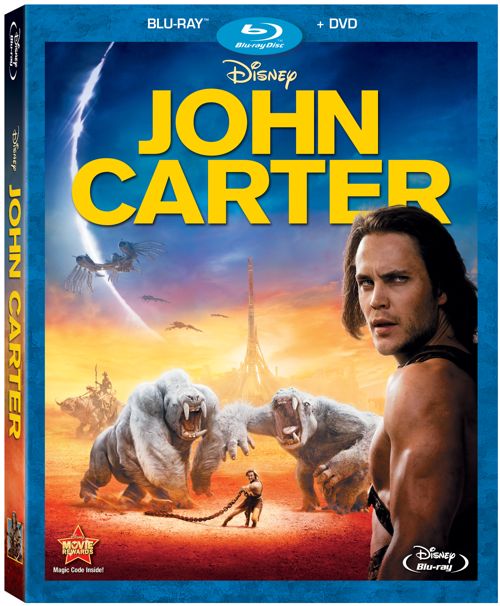
Disney’s John Carter will be remembered for years to come – but for all the wrong reasons. Instead of a leap through time and space based on one of the best known science-fiction novels ever written, it will go down in history as a huge financial gamble that never quite paid off.
But while it may have failed at the box office (relatively speaking – it isn’t doing as badly as Disney first feared) that isn’t to say that it fails as a film. Based on Edgar Rice Burroughs’ beloved 1917 novel, A Princess of Mars, the movie delivers an epic science-fiction adventure you won’t quickly forget.
The plot
The story begins in the harsh 19th century Arizona territories where former Confederate soldier John Carter (Taylor Kitsch) is on the hunt for gold, caring little for anything else. But despite his apathetic attitude, he is a natural-born fighter. Even when held by Union soldiers seeking his assistance in fighting the local Apache, he never stops trying to escape. After finally getting free, he goes into hiding in a cave that is lined with all the gold he could ever dream of – but that also holds secrets he never could have imagined.
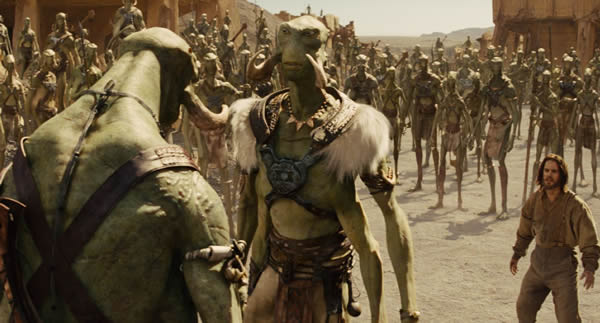
Transported to the planet Barsoom – or as we all know it by, Mars – Carter discovers that because of the planet’s low gravity, he is capable of leaping great distances and tossing around large boulders as if they were beach balls. This catches the interest of the natives – ten-foot-tall, four-armed, green, tusked creatures known as the Tharks – and especially their king, or ‘Jeddak’, Tars Tarkas (William Dafoe).
Carter eventually rescues Deja Thoris (Lynn Collins) who is trying to escape her home city of Helium now that Sab Than (Dominic West), Jeddak of Zodanga, wishes to marry her to end the thousand-year-war between their cities. Sab Than has gained an unnatural and powerful weapon from Matai Shang (Mark Strong), a member of the Therns: beings who wish to tip the scale of power in Zodanga’s favor. The motivation for this is never really made clear: all we know is that Earth is next, and John Carter has to stop them at any cost.
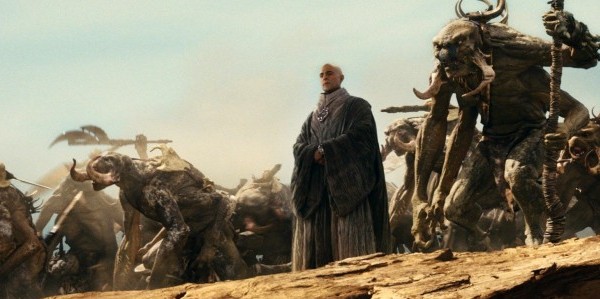
The acting is hit or miss. Taylor Kitsch and Lynn Collins both surprised me with how well they handled their lead roles, and William Dafoe proves just as amazing at performance capture as he is at straight acting. But the villains really fall short. Dominic West plays a pawn to the Therns, and his character never really rises beyond that, while Mark Strong seems to be becoming typecast in these roles, and brings little new to Matai Shang.
The pacing is also way off. Some scenes last far too long; others finish before you know what’s happening. One of the best scenes in the film is also the most frustrating, as Carter and his faithful canine-like companion, Woola, fight off an entire army of Tharks while Carter simultaneously flashes back to the tragic fate of his family. The editing here was just phenomenal – but before I’d had a chance to move to the edge of my seat, it was over.
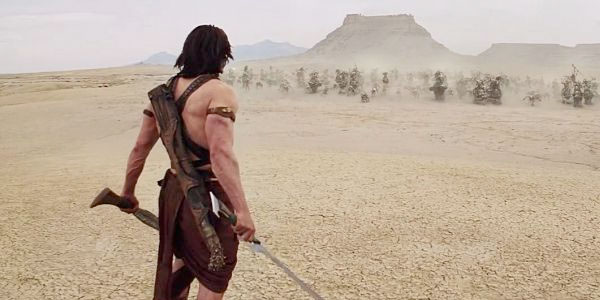
The visual effects
But now matter how flawed the action may be, it almost always looks amazing. It’s easy tell Disney spared no expense on the visual effects and every minute detail shows up crystal clear in high definition. The Martian landscapes, the aircraft – and especially the Tharks – look fantastic on a HDTV. Things occasionally lapse to the level of a videogame cutscene, but more often, the effects are much grander in scale.
The extras
Disney is known for providing a hefty number of extra features on its Blu-rays and John Carter is no exception. There’s plenty of extra meat in this package, including some in-depth insights into the development process and the special effects; deleted sequences; and plenty of behind-the-scenes material. The filmmakers provide the usual audio commentary, while the ‘100 Years in the Making’ feature takes a look at the long road John Carter took from page to the screen. Throw in a hilarious blooper reel, and there’s very little to complain about.
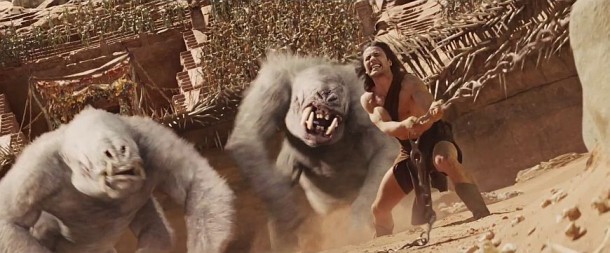
The final verdict
It may not be perfect, but as a science-fiction thrill ride, John Carter is hard to beat. The visuals are superb and the story works well enough. People may complain that it feels derivative, but given that the films it most resembles were themselves inspired by the original 1917 novel, that seems a touch unfair.
This is director Andrew Stanton’s (Finding Nemo, Wall-E) first attempt at a live-action feature, and unfortunately, it shows. The acting is hit-and-miss and the pace seems as uncertain as John Carter’s first steps on Barsoom. But if you can steer a course around the plot holes, you have a beautiful and thrilling adventure ahead of you.
View a slideshow of concept art images from the movie
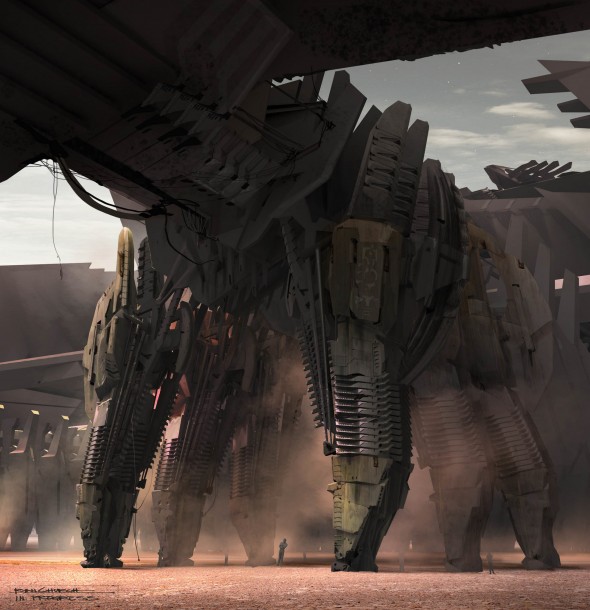
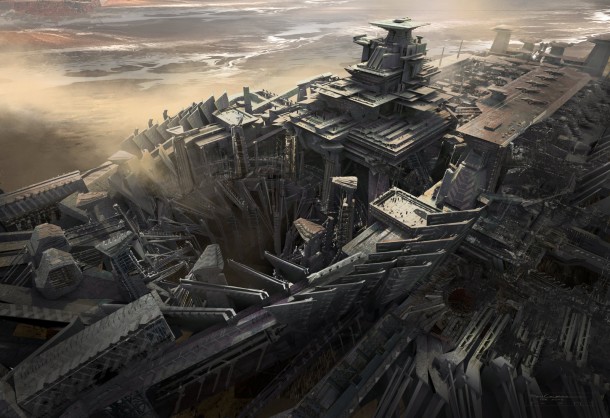

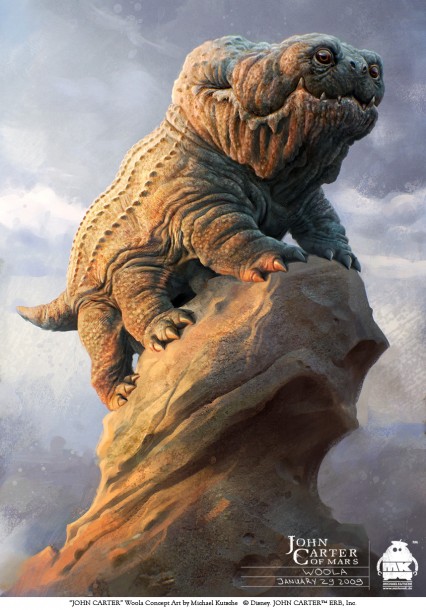
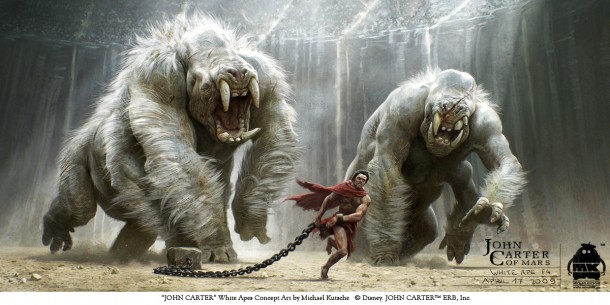
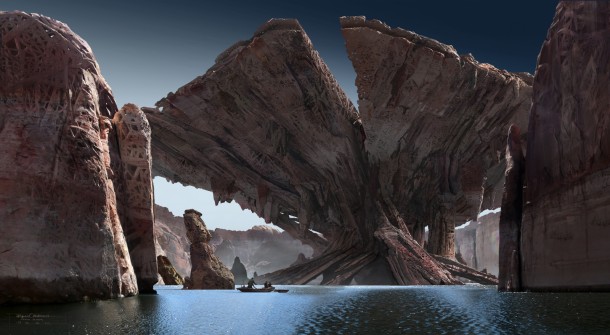
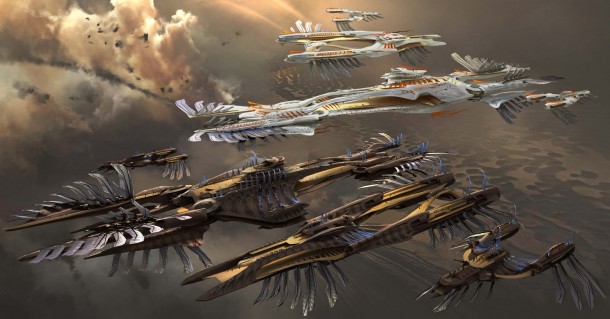
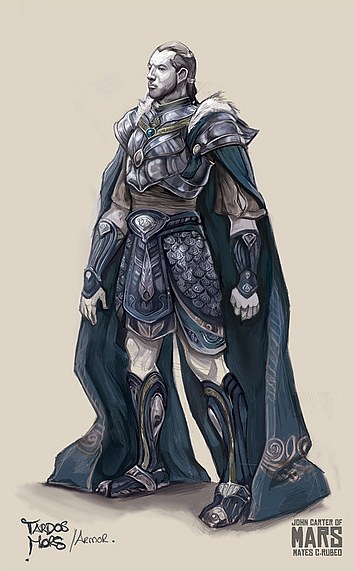
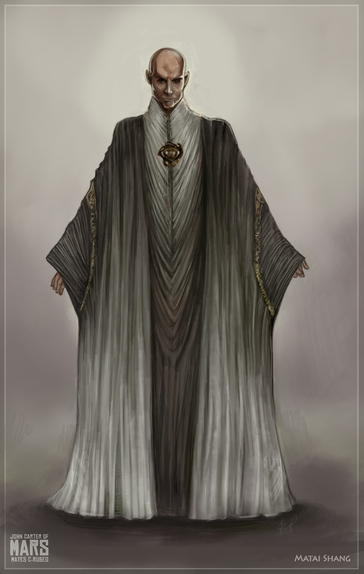
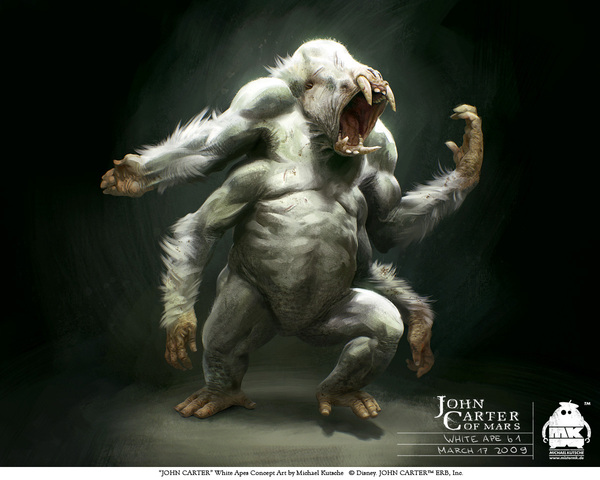
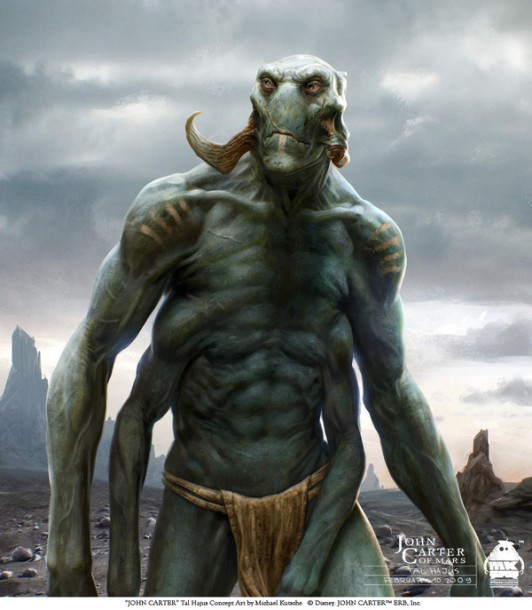
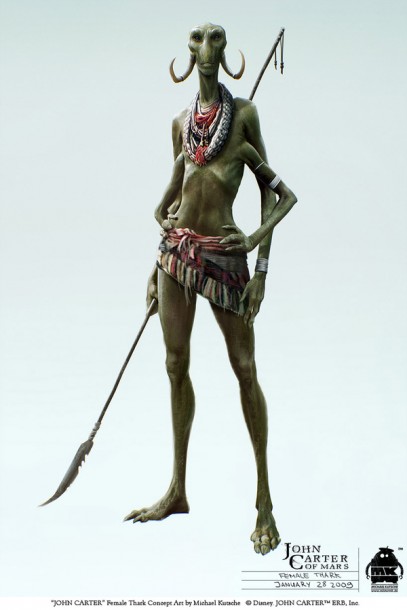
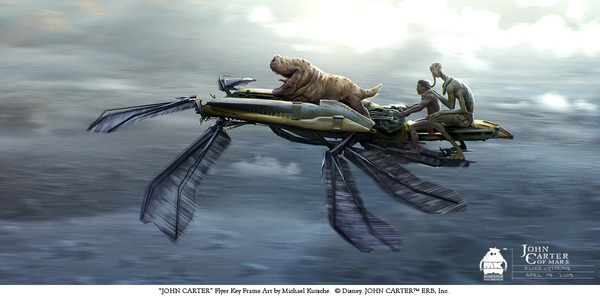

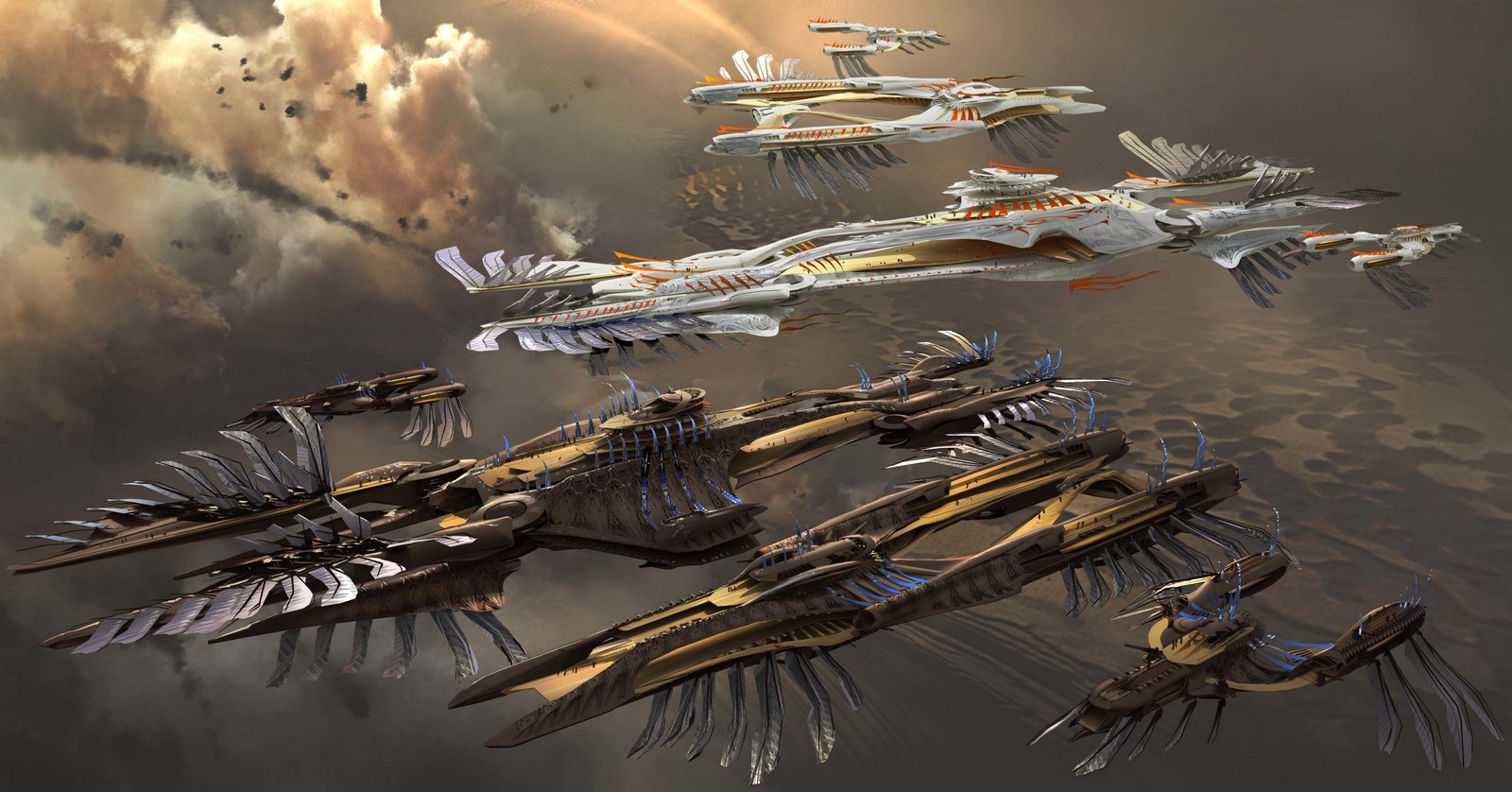

Disney’s John Carter will be remembered for years to come – but for all the wrong reasons. Instead of a leap through time and space based on one of the best known science-fiction novels ever written, it will go down in history as a huge financial gamble that never quite paid off.
But while it may have failed at the box office (relatively speaking – it isn’t doing as badly as Disney first feared) that isn’t to say that it fails as a film. Based on Edgar Rice Burroughs’ beloved 1917 novel, A Princess of Mars, the movie delivers an epic science-fiction adventure you won’t quickly forget.
The plot
The story begins in the harsh 19th century Arizona territories where former Confederate soldier John Carter (Taylor Kitsch) is on the hunt for gold, caring little for anything else. But despite his apathetic attitude, he is a natural-born fighter. Even when held by Union soldiers seeking his assistance in fighting the local Apache, he never stops trying to escape. After finally getting free, he goes into hiding in a cave that is lined with all the gold he could ever dream of – but that also holds secrets he never could have imagined.

Transported to the planet Barsoom – or as we all know it by, Mars – Carter discovers that because of the planet’s low gravity, he is capable of leaping great distances and tossing around large boulders as if they were beach balls. This catches the interest of the natives – ten-foot-tall, four-armed, green, tusked creatures known as the Tharks – and especially their king, or ‘Jeddak’, Tars Tarkas (William Dafoe).
Carter eventually rescues Deja Thoris (Lynn Collins) who is trying to escape her home city of Helium now that Sab Than (Dominic West), Jeddak of Zodanga, wishes to marry her to end the thousand-year-war between their cities. Sab Than has gained an unnatural and powerful weapon from Matai Shang (Mark Strong), a member of the Therns: beings who wish to tip the scale of power in Zodanga’s favor. The motivation for this is never really made clear: all we know is that Earth is next, and John Carter has to stop them at any cost.

The acting is hit or miss. Taylor Kitsch and Lynn Collins both surprised me with how well they handled their lead roles, and William Dafoe proves just as amazing at performance capture as he is at straight acting. But the villains really fall short. Dominic West plays a pawn to the Therns, and his character never really rises beyond that, while Mark Strong seems to be becoming typecast in these roles, and brings little new to Matai Shang.
The pacing is also way off. Some scenes last far too long; others finish before you know what’s happening. One of the best scenes in the film is also the most frustrating, as Carter and his faithful canine-like companion, Woola, fight off an entire army of Tharks while Carter simultaneously flashes back to the tragic fate of his family. The editing here was just phenomenal – but before I’d had a chance to move to the edge of my seat, it was over.

The visual effects
But now matter how flawed the action may be, it almost always looks amazing. It’s easy tell Disney spared no expense on the visual effects and every minute detail shows up crystal clear in high definition. The Martian landscapes, the aircraft – and especially the Tharks – look fantastic on a HDTV. Things occasionally lapse to the level of a videogame cutscene, but more often, the effects are much grander in scale.
The extras
Disney is known for providing a hefty number of extra features on its Blu-rays and John Carter is no exception. There’s plenty of extra meat in this package, including some in-depth insights into the development process and the special effects; deleted sequences; and plenty of behind-the-scenes material. The filmmakers provide the usual audio commentary, while the ‘100 Years in the Making’ feature takes a look at the long road John Carter took from page to the screen. Throw in a hilarious blooper reel, and there’s very little to complain about.

The final verdict
It may not be perfect, but as a science-fiction thrill ride, John Carter is hard to beat. The visuals are superb and the story works well enough. People may complain that it feels derivative, but given that the films it most resembles were themselves inspired by the original 1917 novel, that seems a touch unfair.
This is director Andrew Stanton’s (Finding Nemo, Wall-E) first attempt at a live-action feature, and unfortunately, it shows. The acting is hit-and-miss and the pace seems as uncertain as John Carter’s first steps on Barsoom. But if you can steer a course around the plot holes, you have a beautiful and thrilling adventure ahead of you.
View a slideshow of concept art images from the movie















IXS-Enterprise – NASA Faster Than Light Concept Ship

While the concept had been out since 2013 the design of "IXS Enterprise" was popularized in June 2014 after a series of media outlets reported on the conceptual artwork done by Dutch artist Mark Rademaker in collaboration with NASA. According to Mark Rademaker, over 1,600 hours have been spent on the conceptual artwork that he created.
The energy required to power the warp drive, according to White, is approximately the negative (negative energy is required for the Alcubierre Drive concept to function) mass-energy equivalence of Voyager 1, which weighs ~700 kilograms. Using E=mc², -700 kilograms of mass becomes ~-65 exajoules of energy (this number is not definitive and can be further reduced). The ship has two thick outer rings (to reduce required energy) that generate the warp field - a contraction of space ahead, and expansion of space behind it. The space inside the rings is optimized to fit more space for cargo, crew and equipment.
Source: Wikipedia









Sources:
http://en.wikipedia.org/wiki/IXS_Enterprise
http://www.inquisitr.com/1292965/nasa-is-working-on-a-warp-drive-ship-and-the-pictures-are-amazing/
https://www.flickr.com/photos/123021064@N05/sets/72157644113972600/
http://io9.com/heres-nasas-new-design-for-a-warp-drive-ship-1588948192
http://sploid.gizmodo.com/holy-crap-nasas-interplanetary-spaceship-concept-is-fr-1589001939
EVE ONLINE create a starship entries
Winners have been announced from DEVIANTART's create a starship contest for EVE ONLINE. Here are a few that caught my eye. Congrats to dreamwa1ker!

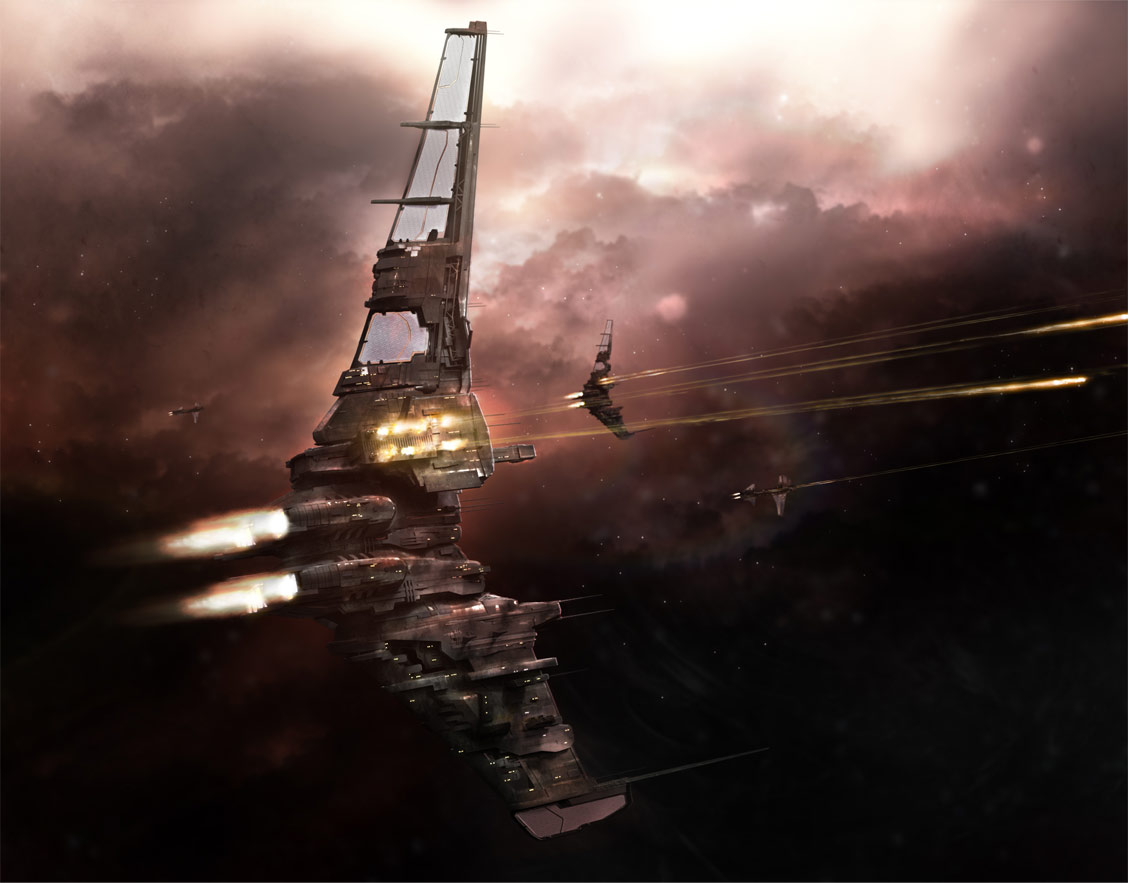

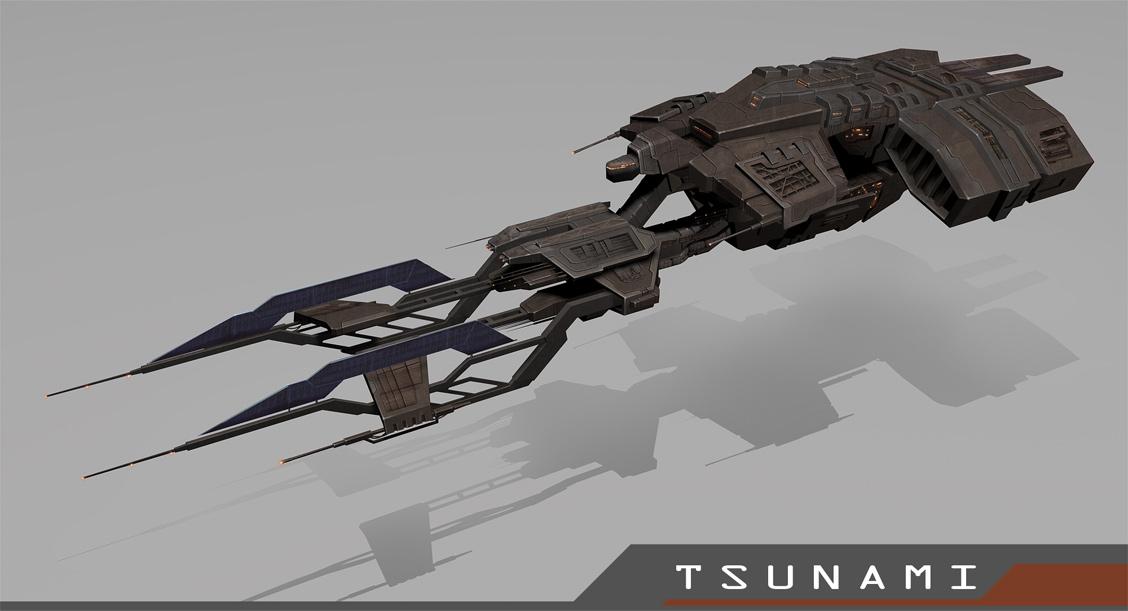
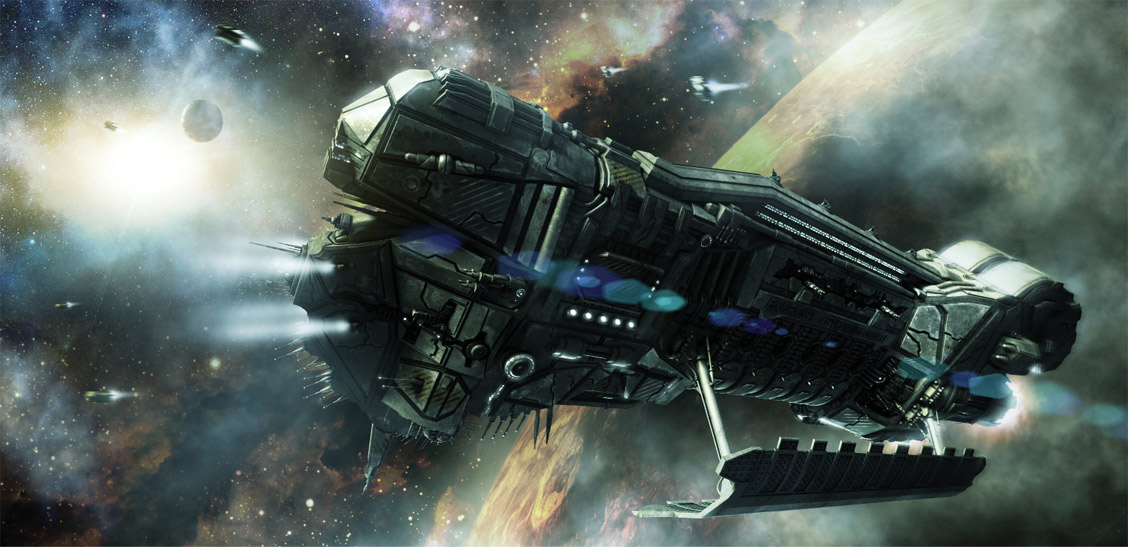
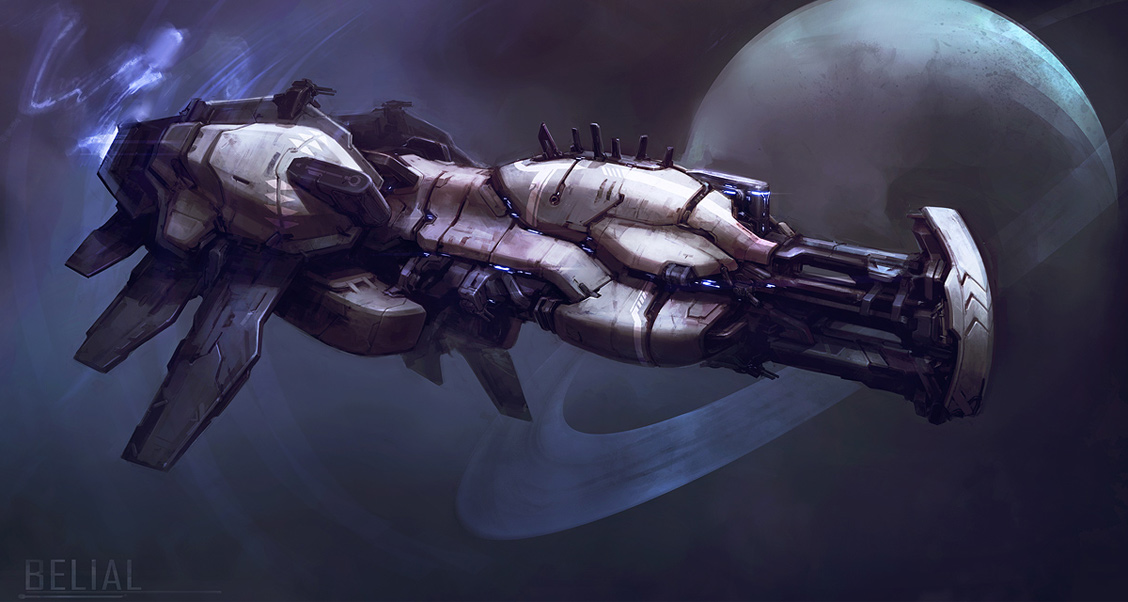
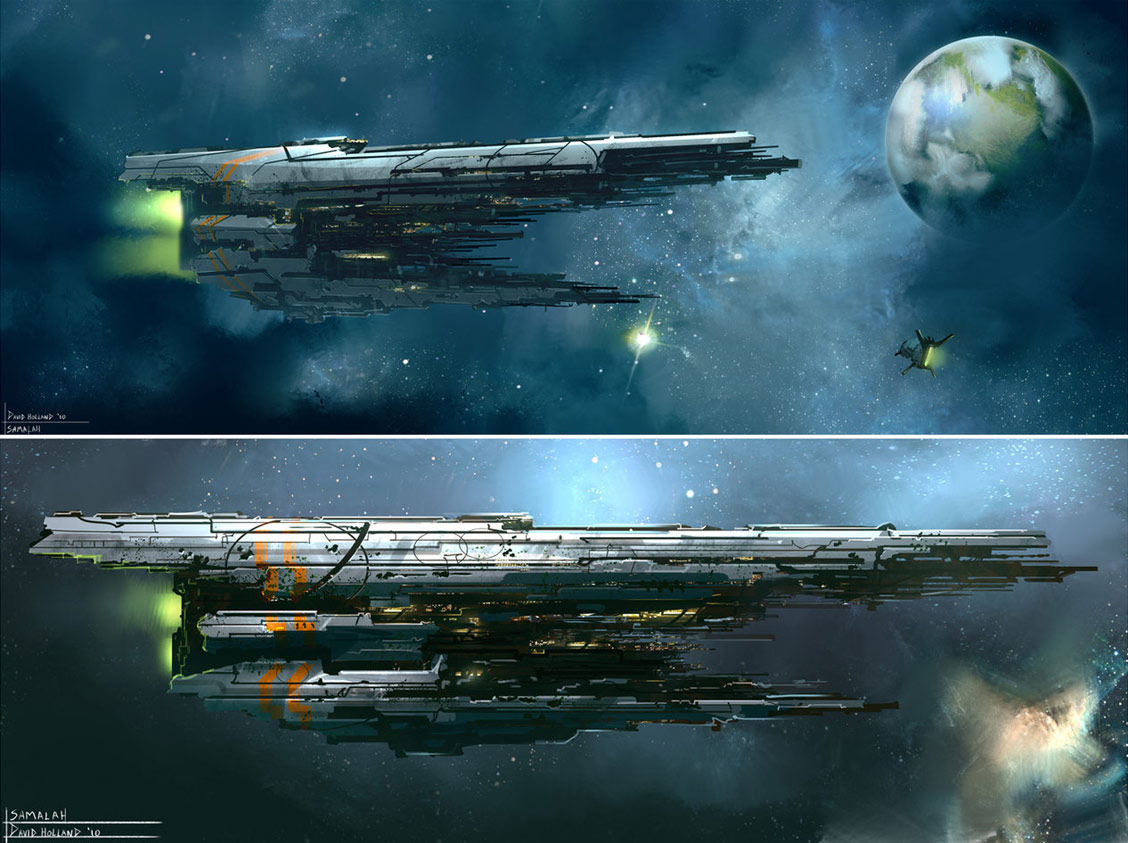
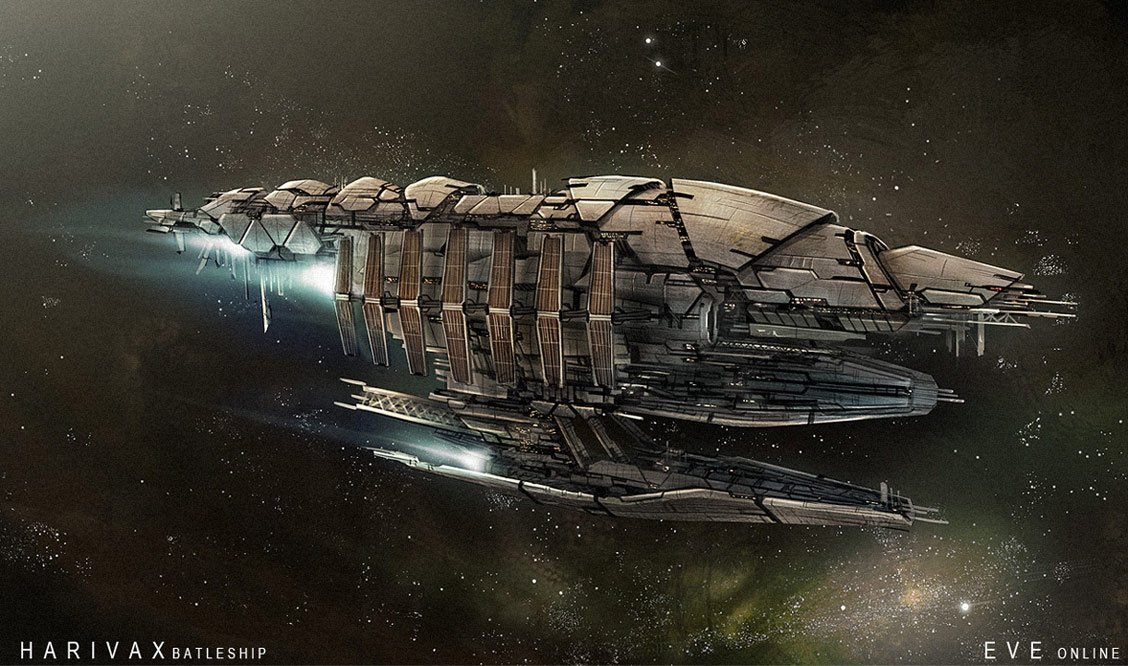
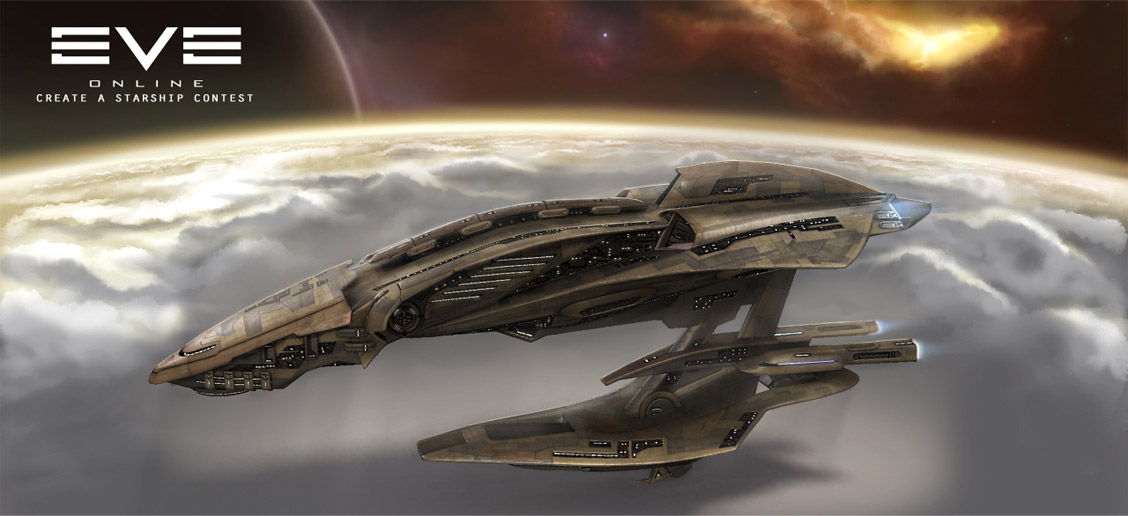
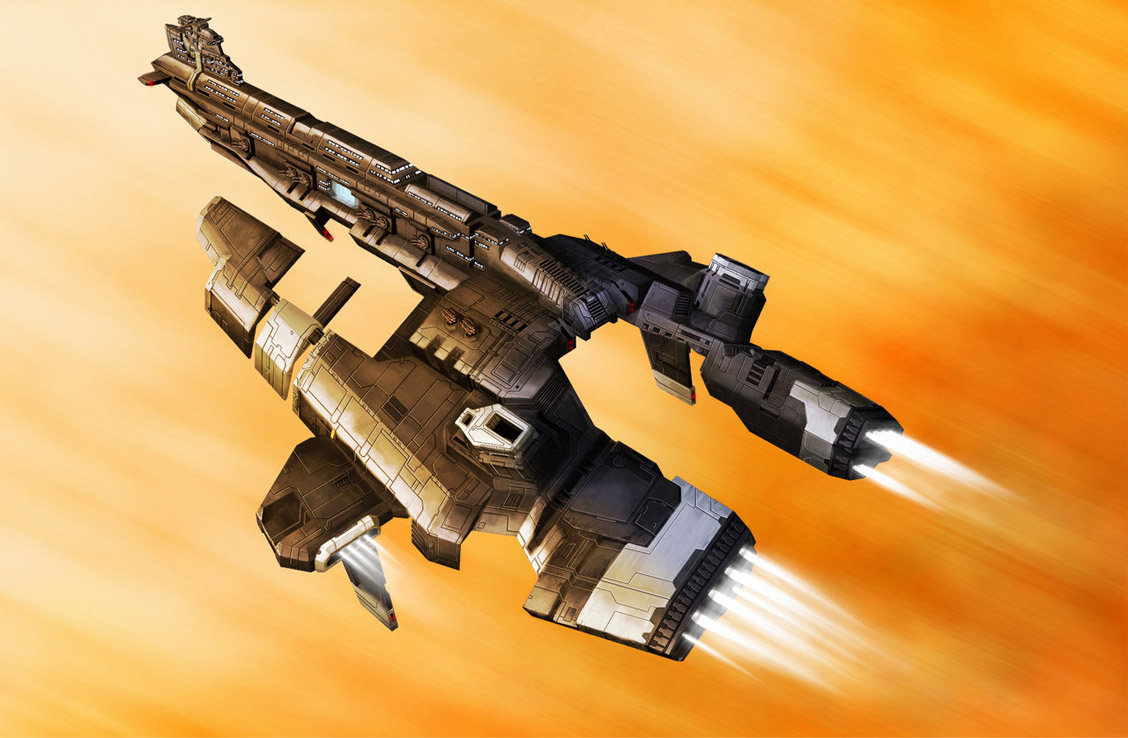
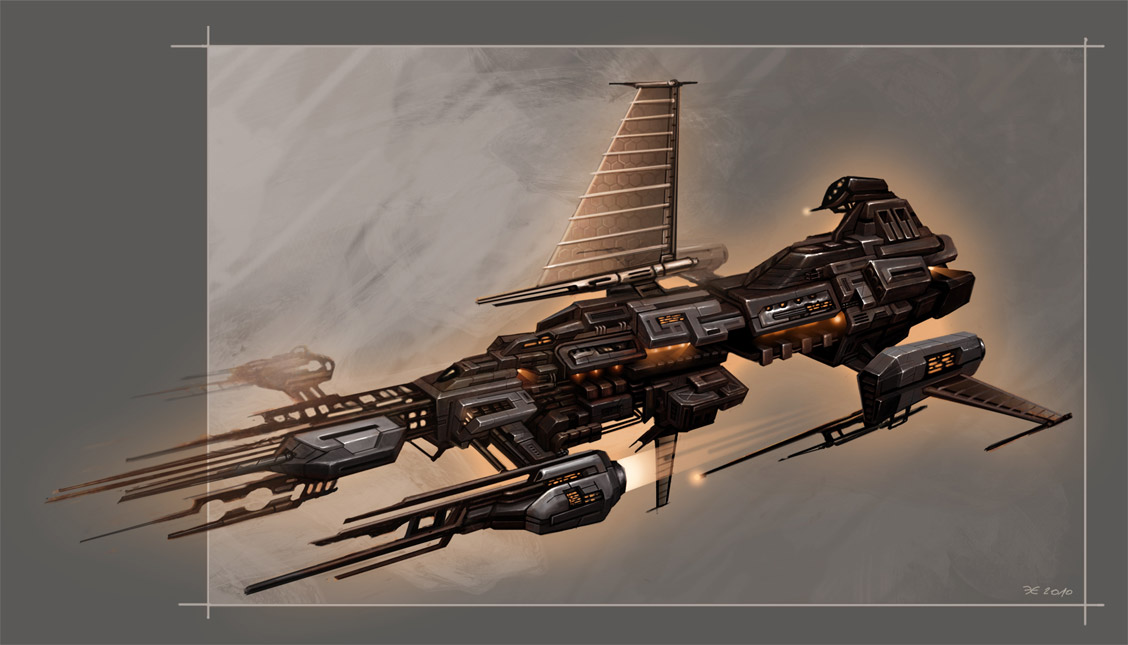
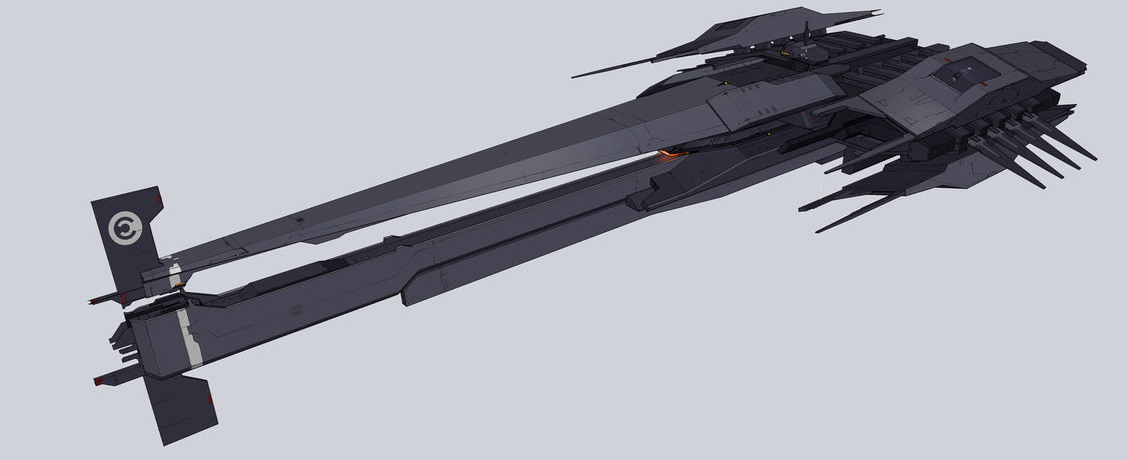
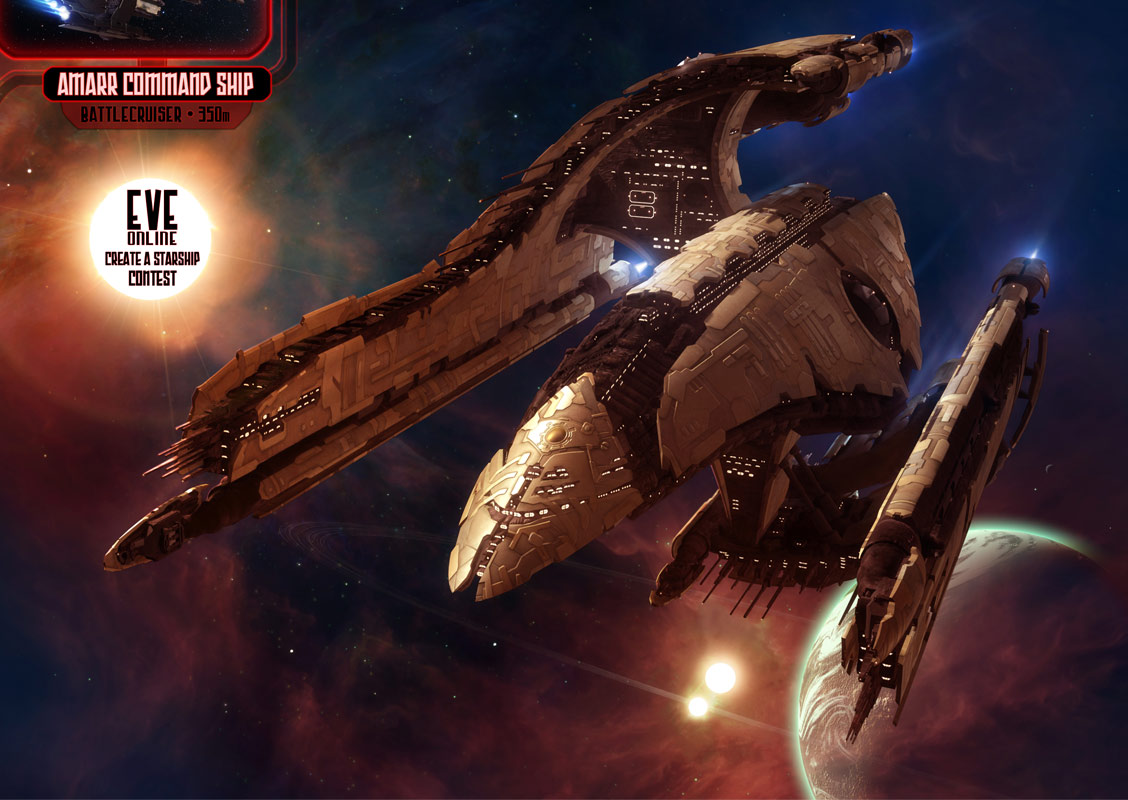
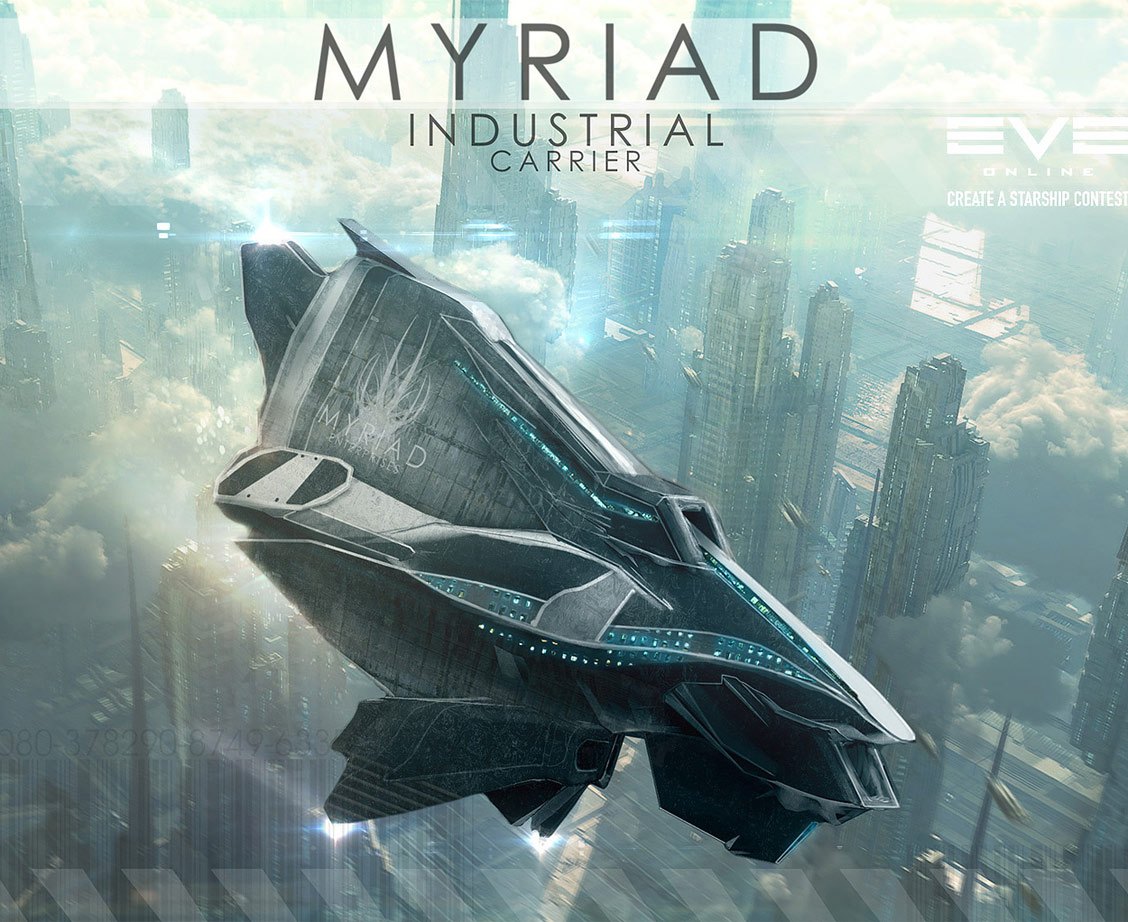

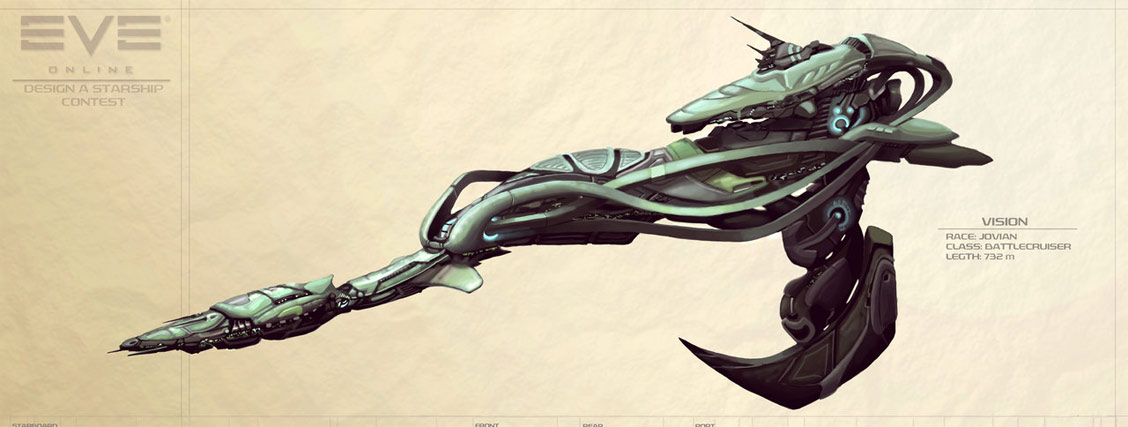
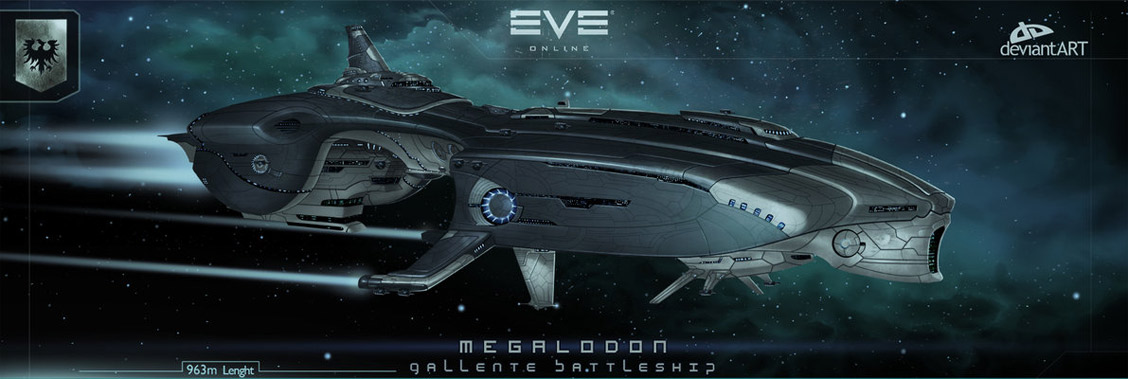
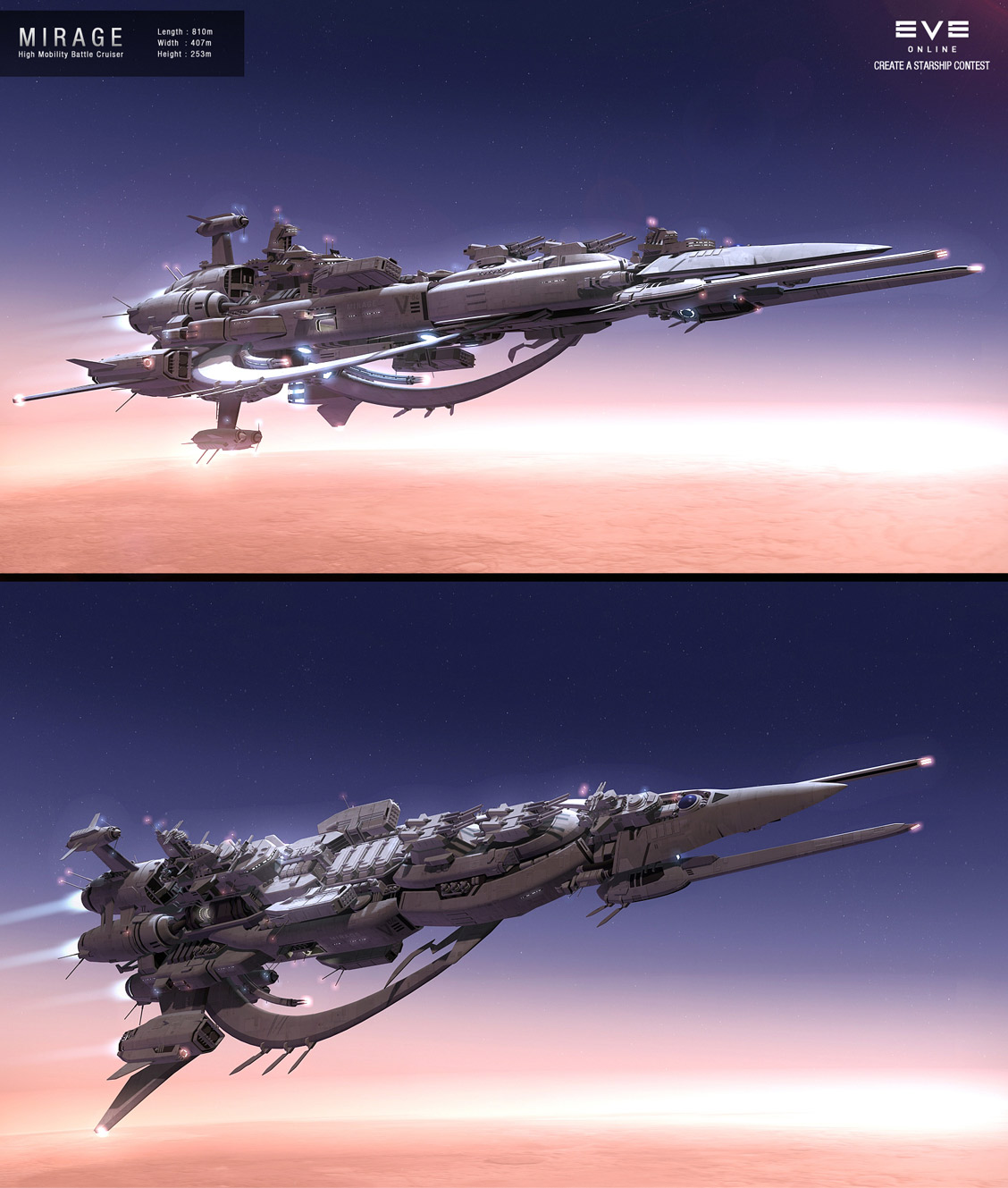
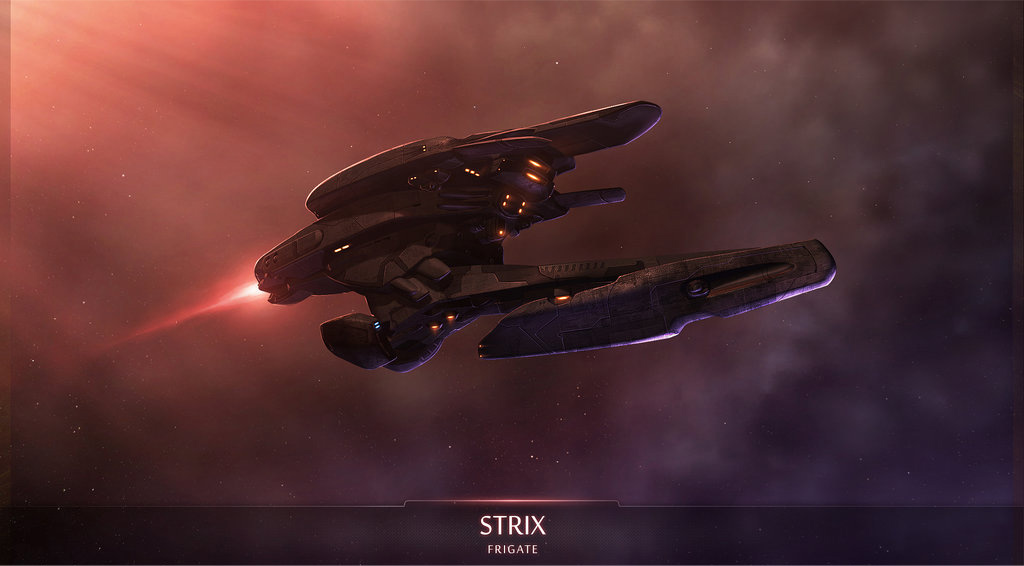
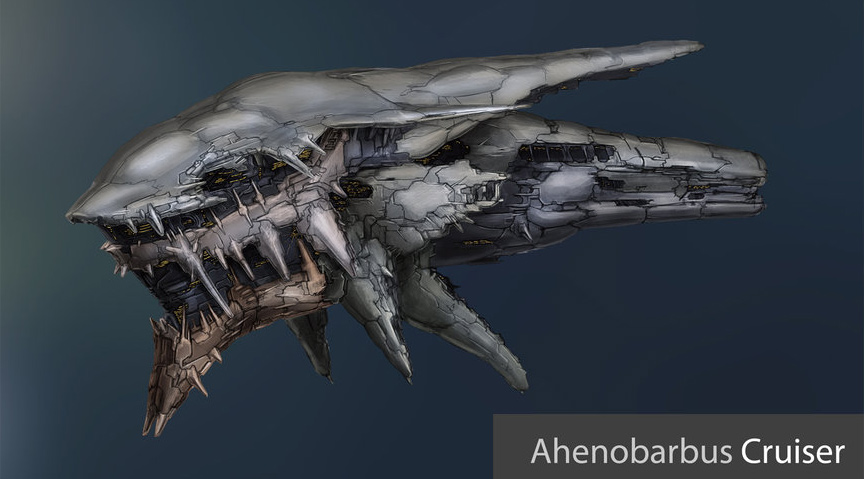
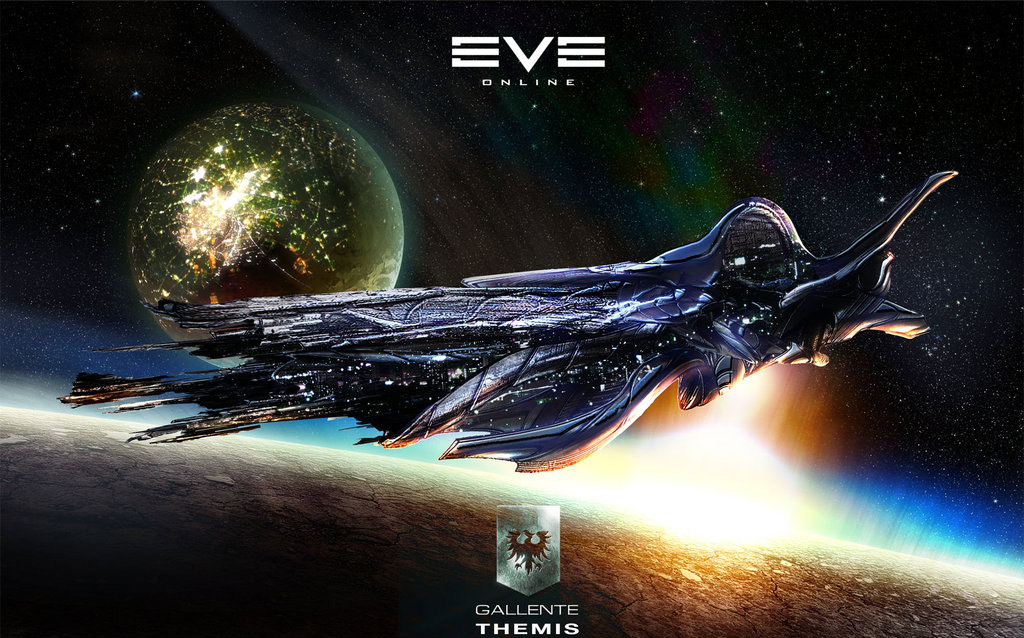


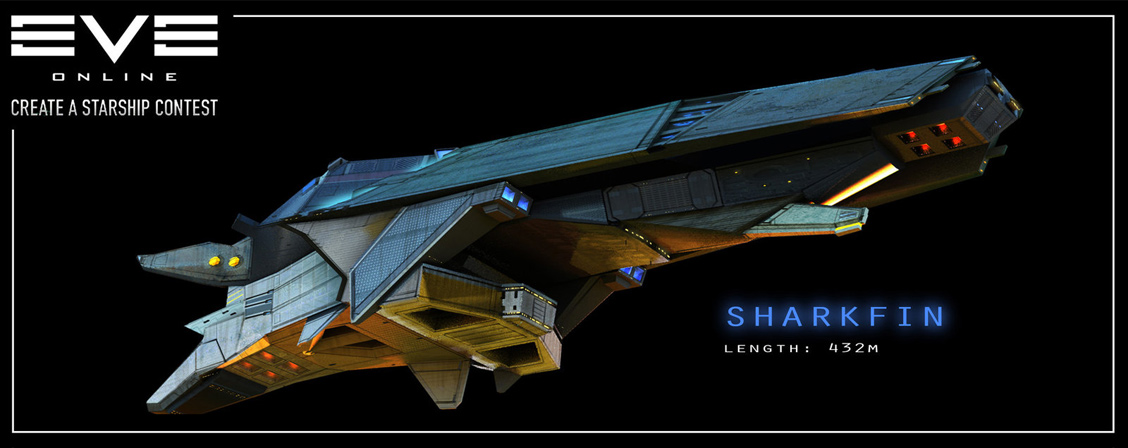


























Inscription à :
Commentaires (Atom)
